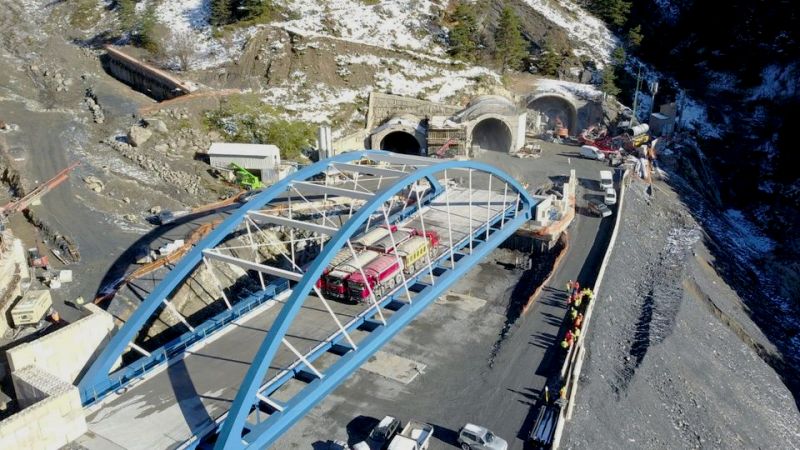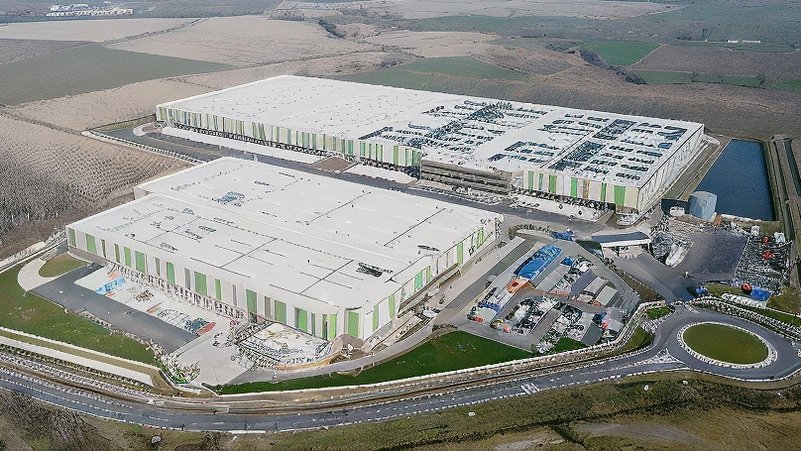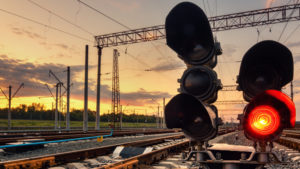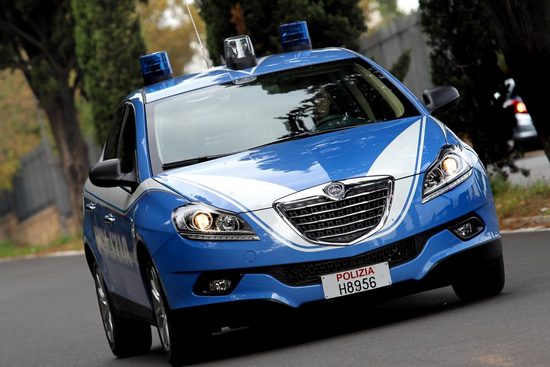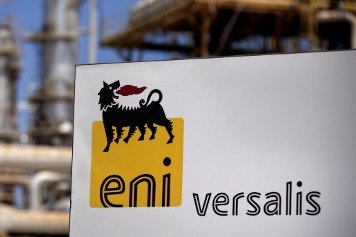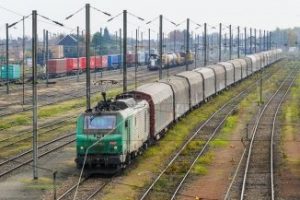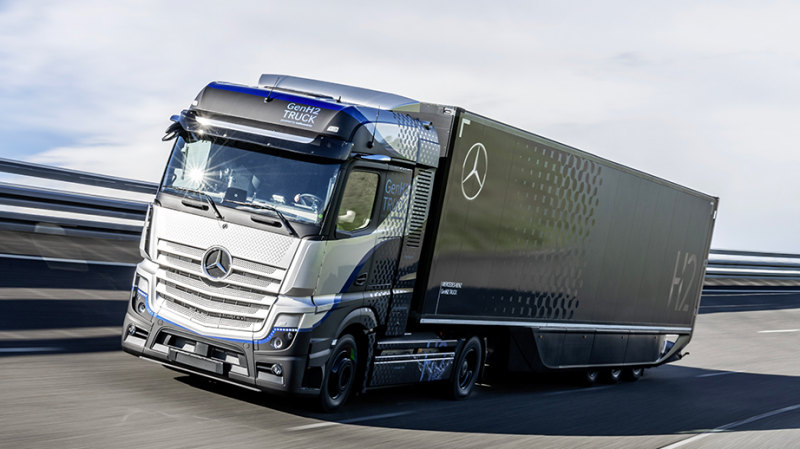In the 1960s, when the route for the Salerno-Reggio Calabria highway was chosen, there was heated debate over the decision to serve the interior of the Calabria region. This choice was made despite concerns about the area's hydrogeological challenges, higher costs, and harsher winter conditions along the route. Yet, despite these challenges, the highway was built. Now, sixty years later, a similar debate has arisen over the route of the new high-speed railway between Salerno and Reggio Calabria. However, this time there is a significant risk that the project may be delayed for years or even stall entirely in the preliminary discussion phase.
The only certainty in the current deadlock is the assignment in May 2023 of the first section of work to a consortium led by Webuild. This segment, between Battipaglia and Romagnano, covers 35 kilometers and is valued at over two billion euros. RFI (Italian Railway Network) has described this short section as "functional," but without being part of a comprehensive plan, it contributes little to enhancing the rail network between Campania and Calabria.
In addition to the indecision surrounding the design, the economic factor is particularly problematic because, as it stands, there appears to be no funding available. More precisely, the resources that were originally allocated to the Tyrrhenian railway corridor from the Complementary Fund to the National Recovery and Resilience Plan (PNRR) seem to have been redirected to the flagship project of the Messina Strait Bridge.
It would be paradoxical to discuss projects without the financial means to execute them, but even these projects remain uncertain. The stalemate is largely due to the choices and reconsiderations of RFI. The network manager, tasked with feasibility studies and related design, initially deemed an inland route through Calabria as optimal. This route would have extended from Praia a Mare to Tarsia, near the Sibari Plain, and then to Cosenza, thereby connecting this significant regional hub to the national high-speed network. However, citing newly arisen hydrogeological difficulties, RFI retracted this plan in favor of a route following the Tyrrhenian coast, essentially paralleling the historic line from Praia to Paola.
This alternative requires careful consideration of its complex construction challenges to avoid repeating the mistakes made with the Salerno-Reggio Calabria highway, where some argue that a coastal route would have been more functional and easier to build. The new high-speed railway, if developed along the Calabrian coast, would still need to run several kilometers inland, where an acceptable route would necessitate the construction of numerous tunnels. It is estimated that out of the 67 kilometers of this proposed section, no less than 50 would have to be tunneled, facing significant hydraulic and geological challenges along the Tyrrhenian coast.
Including the tunnels planned for the previous section between Buonabitacolo and Praia a Mare, the project would involve nearly one hundred kilometers of tunnels through the Calabrian Apennines, with costs yet to be fully assessed due to the region's complex terrain. With the project design still in its infancy and the enormous funding of at least twenty billion euros yet to be secured, the future of the Salerno-Reggio Calabria high-speed railway seems to hang by a thread.
Piermario Curti Sacchi



